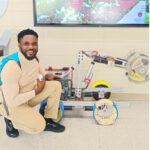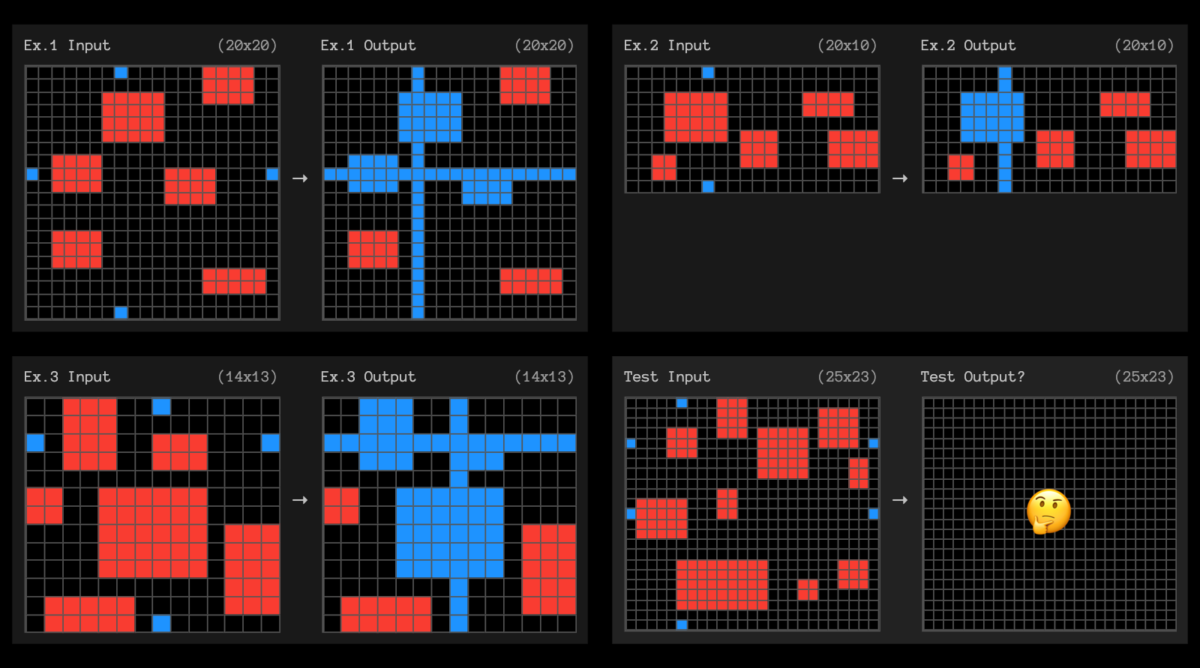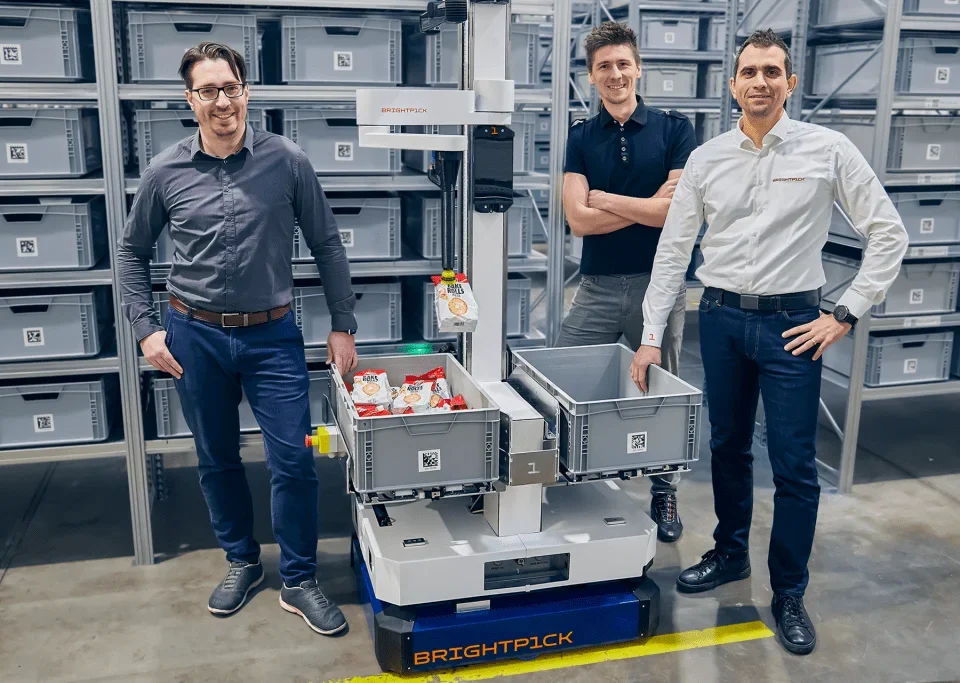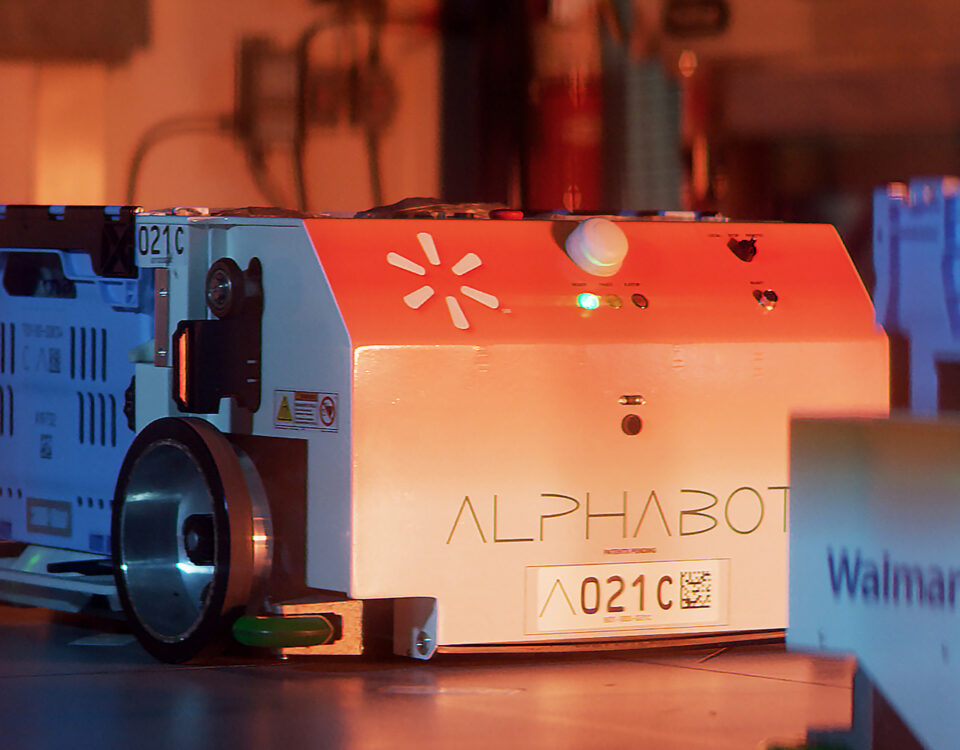
AI Gets a Sense of Space: New Research Explores How Machines “Think” in 3D
December 22, 2024
AI-powered tools designed to make your life easier and more exciting.
December 30, 2024OpenAI’s latest model, o3, has been making waves with its extraordinary reasoning abilities, particularly in challenging domains like advanced mathematics and software engineering. But beyond the impressive benchmarks and “god-level stunts,” the true essence of o3 lies in its potential to break free from the limitations of single-point AI super intelligence.
The AI world has witnessed remarkable feats of reinforcement learning (RL). AlphaGo conquered the ancient game of Go, surpassing even the world champion. AlphaStar dominated the complex strategy game StarCraft, beating top professional players. Boston Dynamics’ Atlas robot performs gravity-defying backflips, demonstrating superhuman physical control. Each of these achievements represents a form of super intelligence, exceeding human capabilities in specific domains.

Similarly, o3 excels in highly specialized areas like AIME (American Invitational Mathematics Examination), SWE-Bench (software engineering benchmark), and FrontierMath, requiring expertise far beyond the average person. In these domains, o3 undoubtedly qualifies as a super intelligence.
However, there’s a crucial distinction. Traditional RL models like AlphaGo operate with simple reward functions: win the game, get a reward. But defining reward functions for complex tasks like math or coding is far more challenging. o3’s breakthrough lies in its ability to solve this “reward problem” for a broader range of useful tasks. It’s no longer a one-trick pony, but an RL specialist capable of tackling a wider set of problems.
Despite this advancement, o3 still faces limitations. It cannot cover the entire spectrum of human cognition. This is where Moravec’s paradox comes into play: AI excels at tasks that are difficult for humans (like complex calculations), but struggles with seemingly simple tasks that humans find easy (like understanding common sense or navigating the physical world).
o3 can amaze mathematicians, yet fail to grasp a puzzle that a five-year-old can solve. This cognitive dissonance is not surprising. Just as we wouldn’t expect AlphaGo to master poker, we shouldn’t expect o3 to be a universal problem-solver.
o3 represents a huge milestone in AI development, demonstrating a clear path towards more generalized AI. But it also highlights the challenges that remain. Future research must focus on expanding the scope of AI’s capabilities, addressing the limitations of current reward engineering techniques, and ultimately bridging the gap between artificial and human intelligence.




